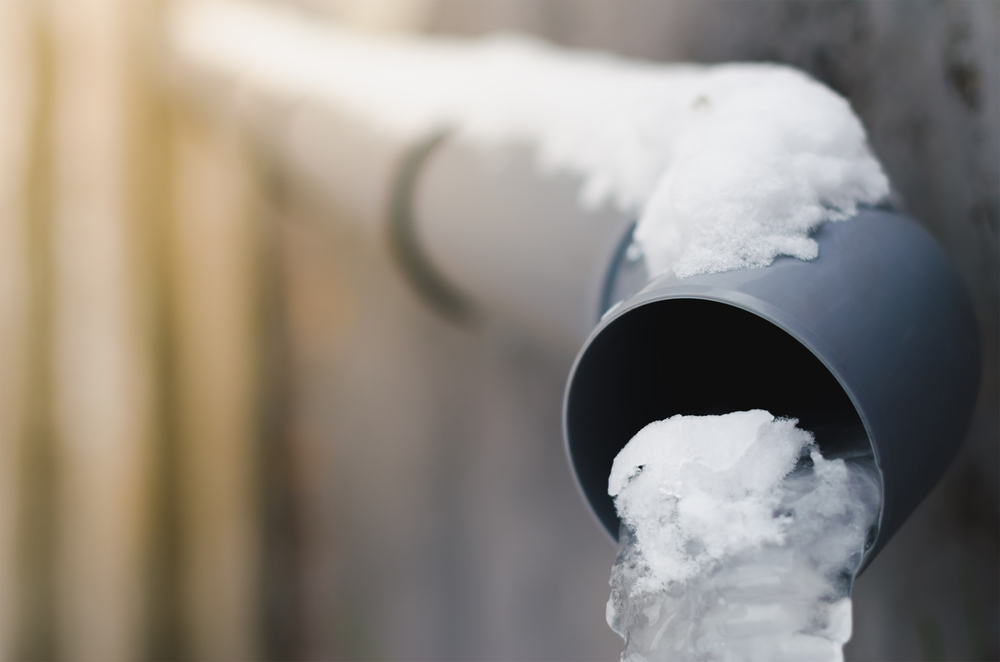Essential Approaches for Preventing Frozen Pipes in Winter
Visit HomepageWhat're your thoughts with regards to Helpful Tips to Prevent Frozen Pipes this Winter?

Winter can damage your pipes, specifically by freezing pipes. Right here's just how to stop it from taking place and what to do if it does.
Introduction
As temperature levels decrease, the danger of icy pipes increases, potentially bring about costly repairs and water damage. Recognizing how to avoid frozen pipes is essential for homeowners in chilly environments.
Understanding Icy Pipes
What creates pipes to freeze?
Pipes freeze when subjected to temperature levels below 32 ° F (0 ° C) for expanded durations. As water inside the pipes freezes, it increases, taxing the pipeline wall surfaces and potentially triggering them to rupture.
Threats and problems
Icy pipes can lead to water system disruptions, residential property damages, and expensive repair services. Ruptured pipelines can flood homes and create comprehensive structural damage.
Signs of Frozen Water Lines
Identifying icy pipelines early can stop them from breaking.
Exactly how to determine frozen pipes
Try to find reduced water circulation from faucets, uncommon smells or noises from pipes, and visible frost on subjected pipes.
Prevention Tips
Protecting prone pipelines
Cover pipelines in insulation sleeves or utilize warm tape to shield them from freezing temperature levels. Focus on pipelines in unheated or external areas of the home.
Home heating techniques
Maintain indoor rooms effectively heated, specifically areas with plumbing. Open cabinet doors to allow warm air to distribute around pipes under sinks.
Shielding Outdoor Pipes
Garden tubes and outside taps
Separate and drain yard hoses before wintertime. Install frost-proof spigots or cover outside taps with protected caps.
What to Do If Your Pipes Freeze
Immediate actions to take
If you believe icy pipelines, maintain taps open to ease pressure as the ice thaws. Make use of a hairdryer or towels soaked in hot water to thaw pipes slowly.
Long-Term Solutions
Structural adjustments
Take into consideration rerouting pipelines away from exterior walls or unheated areas. Add additional insulation to attic rooms, cellars, and crawl spaces.
Updating insulation
Invest in high-quality insulation for pipelines, attics, and wall surfaces. Proper insulation assists maintain consistent temperature levels and decreases the threat of frozen pipes.
Verdict
Avoiding icy pipes calls for proactive steps and fast responses. By comprehending the causes, signs, and preventive measures, property owners can shield their pipes throughout winter.
6 Proven Ways to Prevent Frozen Pipes and Protect Your Home
Disconnect and Drain Garden Hoses
Before winter arrives, start by disconnecting your garden hoses and draining any remaining water. Close the shut-off valves that supply outdoor hose bibs and leave the outdoor faucet open to allow any residual water to drain. For extra protection, consider using faucet covers throughout the colder months. It’s also important to drain water from any sprinkler supply lines following the manufacturer’s directions.
Insulate Exposed Pipes
Insulating your pipes is an effective way to prevent freezing. Pipe insulation is readily available at home improvement stores and is relatively inexpensive. Pay close attention to pipes in unheated areas such as the attic, basement, crawl spaces, or garage. Apply foam insulation generously to create a buffer against the cold. You can also wrap your pipes in heat tape or thermostat-controlled heat cables for added warmth.
Seal Air Leaks
Inspect your home for any cracks or openings that could let in cold air. Seal any holes around the piping in interior or exterior walls, as well as the sill plates where your home rests on its foundation. Additionally, make sure to keep your garage door closed unless you’re entering or exiting. Leaving it open creates a significant air leak that can lead to frozen pipes.
Allow Warm Air Circulation
During cold snaps, it’s essential to allow warm air to circulate evenly throughout your home. Leave interior doors ajar to promote better airflow. Open kitchen and bathroom cabinets to help distribute heat consistently around the rooms. If you have small children or pets, be sure to remove any household chemicals or potentially harmful cleaners from open cabinets for safety.
Let Faucets Drip
A small trickle of water can make a big difference in preventing ice formation inside your pipes. When temperatures drop significantly, start a drip of water from all faucets served by exposed pipes. This continuous flow helps prevent the water from freezing. Additionally, running a few faucets slightly can relieve pressure inside the pipes, reducing the chances of a rupture if the water inside does freeze.
https://choateshvac.com/6-proven-ways-to-prevent-frozen-pipes-and-protect-your-home/

Do you appreciate more info about Prevent Frozen Pipes ? Give feedback below. We will be delighted to hear your thinking about this blog. Hoping that you come back again in the future. Be sure to take a moment to share this page if you liked it. Thanks for your time. Please come by our site back soon.
Visit Page